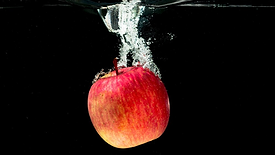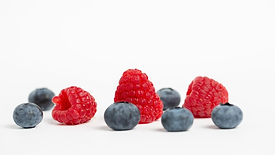Refrigerated/Frozen
Enhancing the Resilience and Sustainability of the Frozen Food Supply Chain
A look at the intersection of carbon footprint, food safety, and quality
Read More
Never miss the latest news and trends driving the food safety industry
eNewsletter | Website | eMagazine
JOIN TODAY!Copyright ©2025. All Rights Reserved BNP Media.
Design, CMS, Hosting & Web Development :: ePublishing











